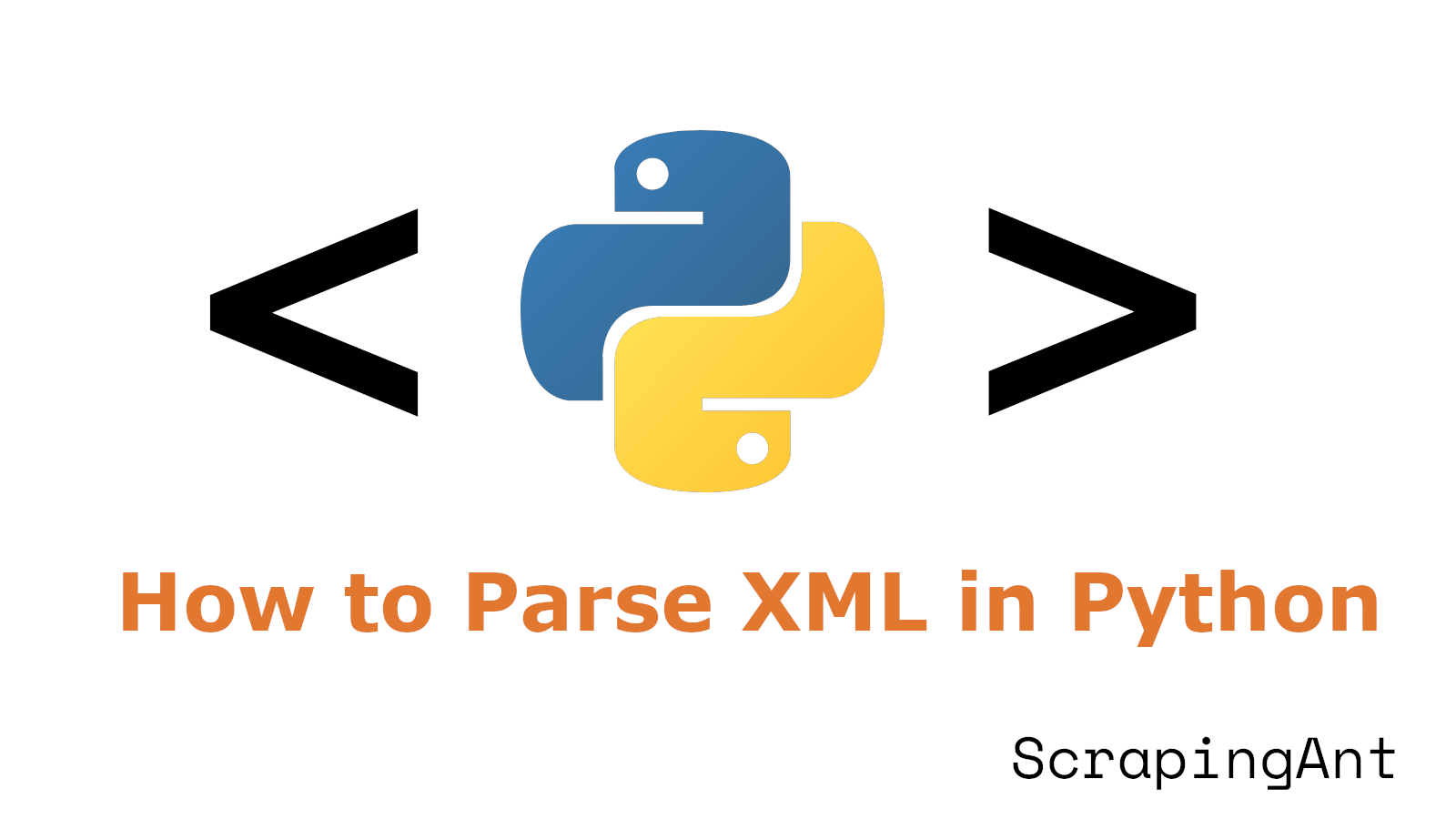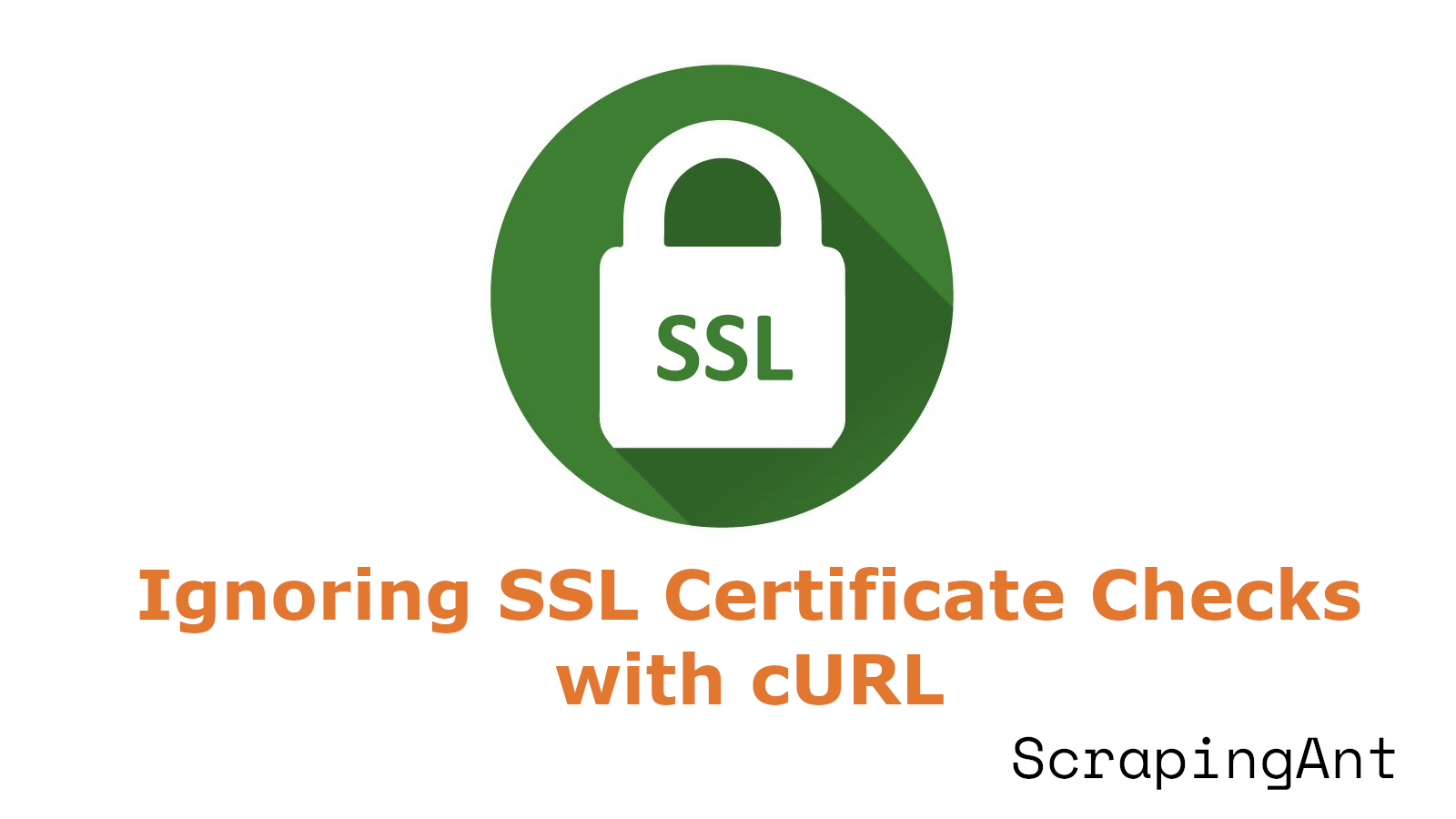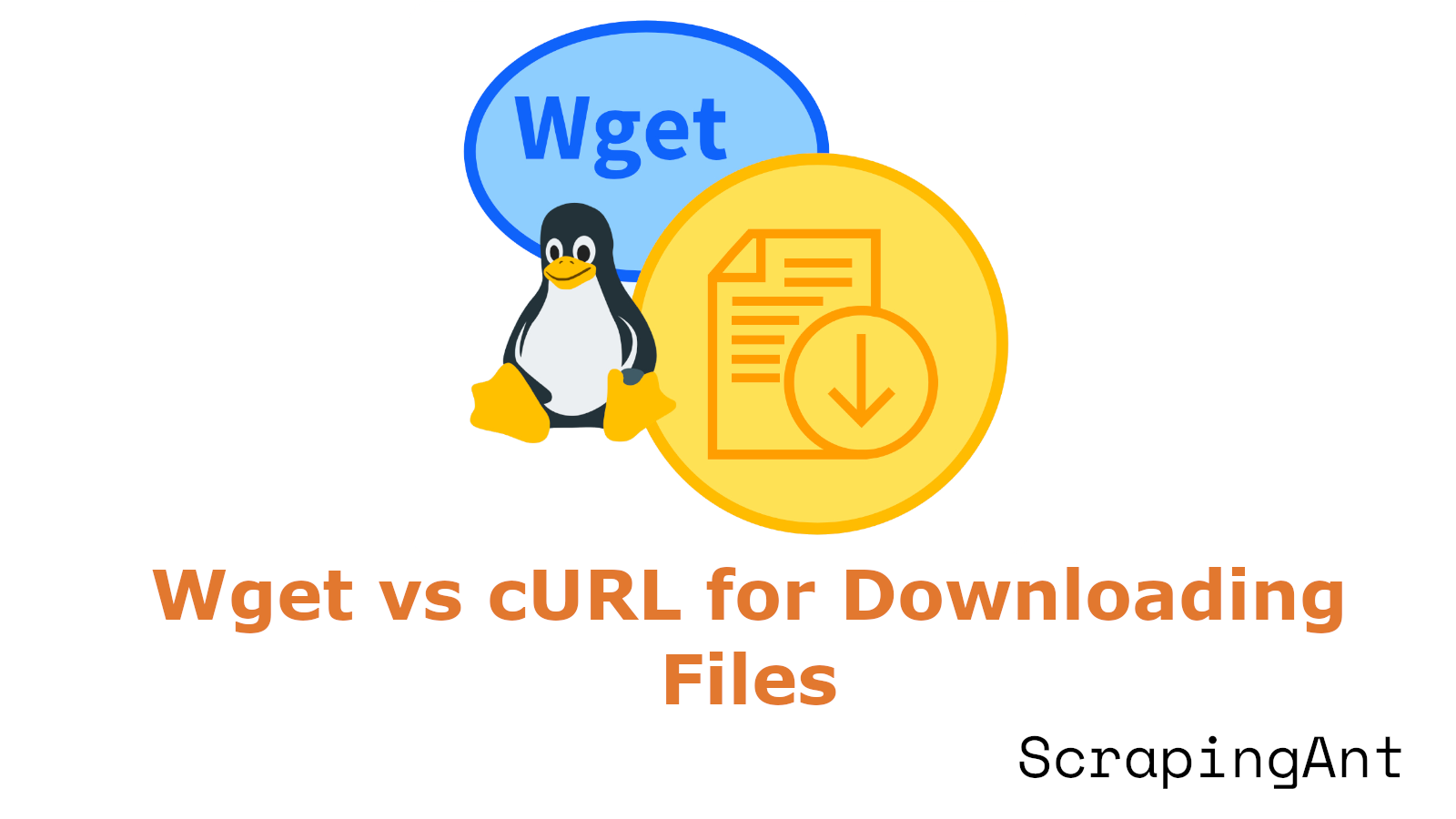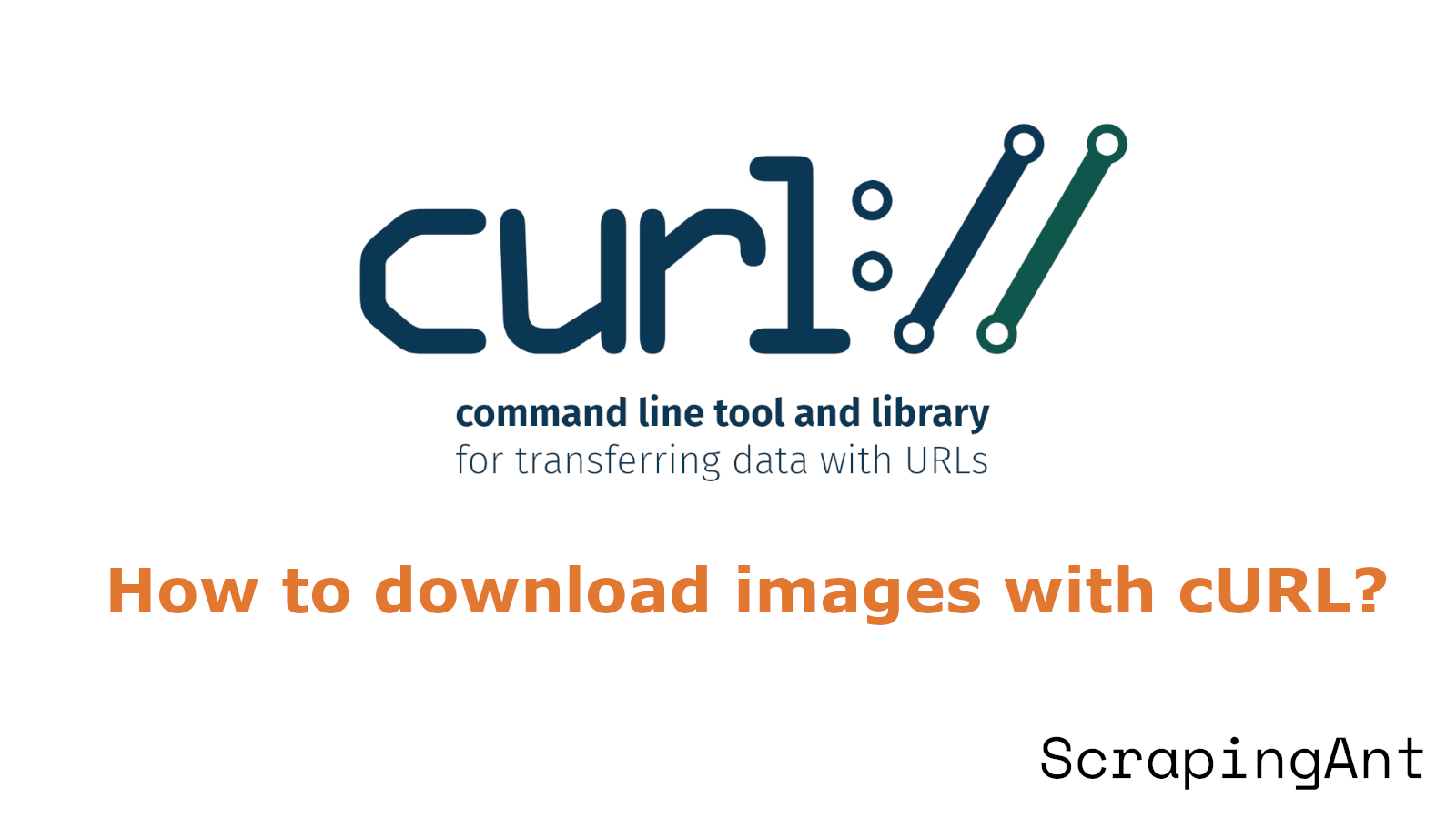
HTML parsing is a fundamental process in web development and data extraction. It involves breaking down HTML documents into their constituent elements, allowing for easy manipulation and analysis of the structure and content. In the context of C++, HTML parsing can be particularly advantageous due to the language's high performance and low-level control. However, the process also presents challenges, such as handling nested elements, malformed HTML, and varying HTML versions.
This comprehensive guide aims to provide an in-depth exploration of HTML parsing in C++. It covers essential concepts such as tokenization, tree construction, and DOM (Document Object Model) representation, along with practical code examples. We will delve into various parsing techniques, discuss performance considerations, and highlight best practices for robust error handling. Furthermore, we will review some of the most popular HTML parsing libraries available for C++, including Gumbo Parser, libxml++, Boost.Beast, MyHTML, and TinyXML-2, to help developers choose the best tool for their specific needs.








